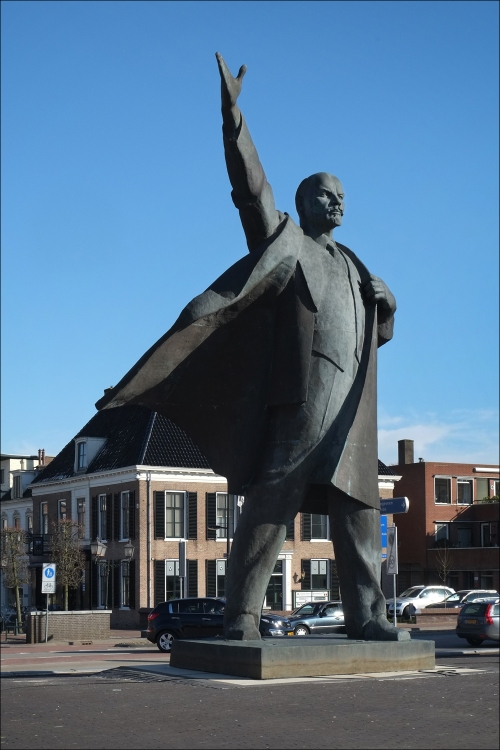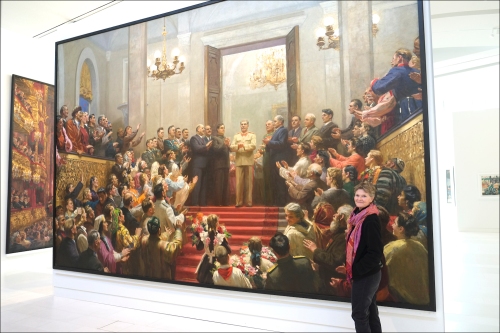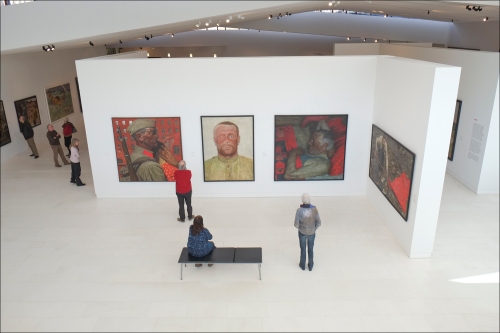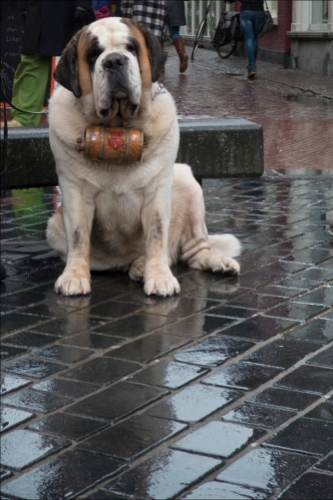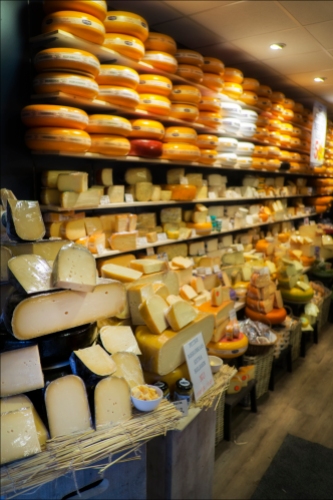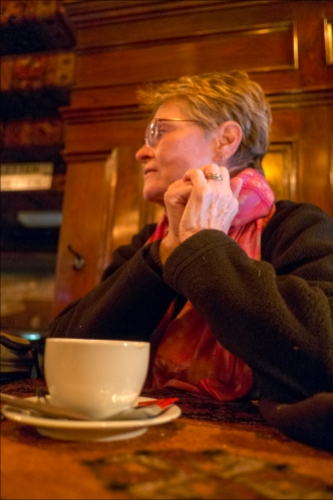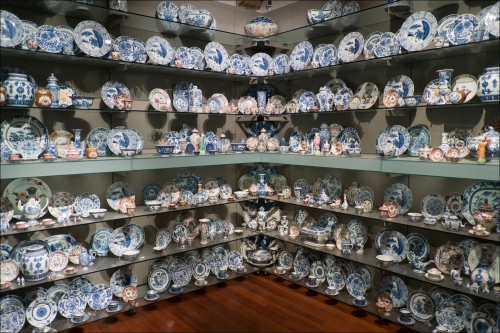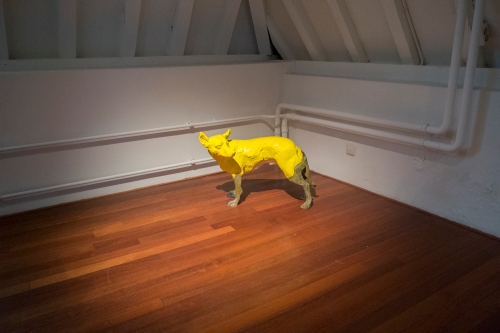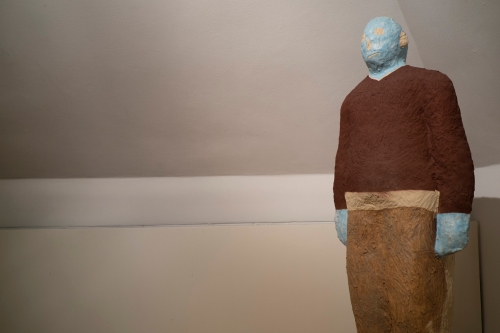Munich
The first stop on our swing through southern Bavaria was Munich. It’s a big place, Germany’s third largest city, with a population of around 1.5 million. Although it’s an old city, 1158, it feels very young and is presently undergoing a huge facelift with new construction and restoration everywhere. Munich may be one of the most prosperous and fastest growing cities in Germany but it’s not all business, people are having a pretty good time here.

An afternoon beer garden

Construction is everywhere.

The Lowenbrau Beer Garden

Candy Shop

The plaza was full of huge rolls of plastic straws. Art?

Ice Cream Vendor

Walking Men

The Olympiaturm was built for the 1972 Summer Olympics.

Marienplatz

The Rathaus at Marienplatz
Marienplatz is the central plaza in the old town and like most everything in central Munich it is overfowing with tourists.

Marienplatz

The Rathaus in Marienplatz

The Rathaus in Marienplatz

The Rathaus in Marienplatz
Probably the largest tourist attraction in Munich is the Glockenspiel located on the Rathaus in Marienplatz. Every day at 12 p.m. and 5 p.m in the summer mass crowds of tourists and locals fill the plaza to watch this low-tech marvel chime and re-enact two stories from the 16th century. Consisting of 43 bells and 32 life-sized figures, the whole show lasts somewhere between 12 and 15 minutes. At the end of the show, a very small golden rooster at the top of the Glockenspiel chirps quietly three times, marking the end of the spectacle.

Glockenspiel
Urban Surfing

The Grandstand
Despite being many hundreds of kilometres from the nearest ocean, Munich has a reputation as a surfing hotspot, offering one of Europe’s best waves. The Bavarian capital is the birthplace of river surfing and has been the center of surfboard riding on a stationary wave since the early 70s. Up to 100 surfers daily hit the Eisbach wave in the city’s Englischer Garten. Munich has produced the best river surfers and has around 1,000 active surfers, while 10,000 people have tried it at some point. An annual surfing competition is held on the standing wave.

Urban Surfing In Munich

Urban Surfing In Munich
Hans der Kunst

Hans der Kunst

Hans der Kunst – Closed Christmas & New Years
Hans der Kunst was constructed from 1933 to 1937 as the Third Reich’s first monumental structure of Nazi architecture and as Nazi propaganda. The museum was opened on July,18 1937 as a showcase for what the Third Reich regarded as Germany’s finest art. The building’s original purpose can still be seen in such guises as the swastika-motif mosaics in the ceiling panels of its front portico.

Hans der Kunst – 1937

Opening Night
We were there to see a great exhibition called “Mise en scene” by American photographer and filmmaker Stan Douglas.
Lenbachhaus

Lensbachhaus
The Lenbachhaus is a great museum with outstanding art and a terrific cafe. It was built as a Florentine-style villa for the painter Franz von Lenbach between 1887 and 1891. The building has been remodeled, modernized and expanded many times over the years but some of the rooms of the villa still have kept their original design.

Lensbachhaus Courtyard

Lensbachhaus Courtyard

Lensbachhaus Courtyard
If money is what we use to keep score then Gerhard Richter is an MVP. He held the auction record price for a painting by a living artist at $37.1 million until last November when the Balloon Dog (Orange) by Jeff Koons sold for $58.4 million at Christie’s, and knocked Richter off his perch. The museum has 8 large scale Richter abstracts and up close, they are amazing.

Gerhard Richter 7′ x 7′
Ludwig’s Houses
Further south near the Austrian border we stopped by three of Mad King Ludwigs most popular castles.

Neuschwanstein Castle – Disney’s Inspiration

Hohenschwangau Castle

Alpsee from Hohenschwangau Village
King Lugwig of Bavaria was an enigma. Even before he died, the king was already somewhat of a legend. He once told his governess, “I want to remain an eternal mystery to myself and others”. With his palaces the king built an ideal fantasy world and refuge from reality. He conducted no matters of state and strangers were barred from his palaces during his lifetime. Called the Moon King, he stayed up all night reading alone and slept during the day. Although engaged twice, Ludwig never married or took a mistress. His hugely expensive and eccentric interpretation of his role as king was ultimately his downfall. From 1885 foreign banks threatened to seize his property. The government viewed Ludwig’s actions as irrational, had him declared insane and deposed him in 1886. The very next day both he and his psychiatrist died under mysterious circumstances at Lake Starnberg. The shy dreamer palaces have been visited by over 60 million people since his death. Due to tourist revenue over the past thirty years these properties are now firmly in the black. It seems that tales of craziness, murder, deception and an obscene amount of money will work every time.

King Ludwig II
Linderhof Palace

Schloss Linderhof
Construction was completed on Ludwig’s Schloss Linderhof in 1878. It is the smallest of the three palaces built by King Ludwig II of Bavaria and the only one which he lived to see completed. We took the tour and enjoyed every minute.

Schloss Linderhof

Schloss Linderhof

Schloss Linderhof

Schloss Linderhof

Schloss Linderhof

Schloss Linderhof

Schloss Linderhof
Plansee
Further south to Reutte, Austria we passed by Plansee, one of the lovelest lakes anywhere.

Plansee

Plansee

Plansee
Spent the night at the Kroll Gasthof – Hotel in Wangle, Austria. A family institution since 1731.

Kroll Gasthof – Hotel.

Good Food
We finished the whole thing off on the top of the Höfener Alpe with apfelstrudel and a small dollop of whipped cream!

Höfener Alpe

Coffee and apfelstrudel with just a little whipped cream.
| top |
 Let’s start with a travel tip. I’m always a little leery of package schemes and deals aimed at visitors, but the Stockholm Card is the exception and a great deal. This is a real godsend, which, if you keep busy, offers significant savings. It is also hugely convenient to not have to dig for cash or use a credit card everywhere you go. Besides giving you free passage on all of Stockholm’s public transportation you also get free access to over 75 major museums and major historical sites.
Let’s start with a travel tip. I’m always a little leery of package schemes and deals aimed at visitors, but the Stockholm Card is the exception and a great deal. This is a real godsend, which, if you keep busy, offers significant savings. It is also hugely convenient to not have to dig for cash or use a credit card everywhere you go. Besides giving you free passage on all of Stockholm’s public transportation you also get free access to over 75 major museums and major historical sites.



























































































































